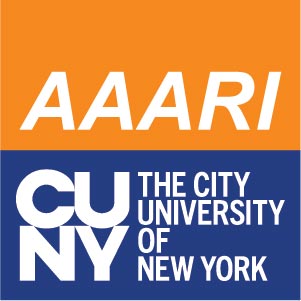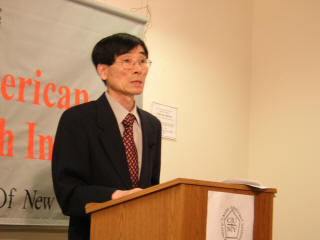
This is a book project that compares Indian Hindus and Korean Protestants in their intergenerational transmission of religion and ethnicity through religion. It is based on several data sources: (1) ethnographic research on a Hindu temple and a Korean Protestant church in Queens, New York City, (2) personal interviews with Indian Hindu and Korean Protestant immigrants in New York, (3) surveys of Indian Hindu/Korean Protestant immigrants and 1.5-/2nd-generation Korean Protestants on their religious affiliation and participation, (4) a telephone survey of Korean English-language congregations in New York, and (5) personal interviews with 1.5- and 2nd-generation Indian Hindus and Korean Protestants in New York.

The traditional literature on immigrant/ethnic congregations emphasizes congregations or participation in congregations as the major religious mechanism for the preservation of ethnicity. From this perspective, Korean Protestant immigrants who participate in a religious institution far more frequently than Indian Hindus are likely to have advantages over Indian Hindus for maintaining their ethnicity through religion. However, Indian Hindu immigrants practice their religion mainly through family rituals. Moreover, because Hinduism, as a religion indigenous to India, has incorporated many elements of Indian folk culture, such as food, life-cycle events, holidays, music and dance, Indian immigrants’ religious practices both in the temple and at home enhance their ethnic traditions and ethnic identity. By contrast, Korean Protestant immigrants can maintain their ethnic networks and Confucian cultural traditions fairly well through their active participation in the ethnic church. But they have disadvantage for preserving Korean folk culture and ethnic identity through religion, mainly because Protestantism, as a religion adopted from Western countries and popularized only over the past forty years, has not incorporated elements of Korean folk culture.
The advantage of Indian Hindus in preserving ethnicity through religion by virtue of the indigenous nature of their religion becomes clearer when we compare 2nd-generation Indians and Koreans. Second-generation Indian Hindus have more difficulty in practicing their religion than 2nd-generation Koreans because of the non-Christian nature of their religion and their minority religious status. However, their practice of some Hindu religious rituals, such as celebrating religious holidays and eating Hindu dishes, enhances their Indian traditions and ethnic identity. By contrast, 2nd-generation Korean Protestants are much more successful in inheriting their religion than their Indian Hindu counterparts partly because of Korean immigrant churches’ strong evangelical orientation and partly because of the strong evangelical movement in U.S. college campuses. However, second-generation Korean churches have eliminated much of Korean cultural traditions from worship services and other socio-cultural activities. Moreover, second-generation Korean Christians accept being Christian as their primary identity and being Korean as their secondary identity. This means that the more religious they become the weaker Korean identity they hold. Ironically, Korean Protestant immigrants have successfully transmitted their religion to their children, but failed to transmit their cultural traditions and ethnic identity through religion, whereas Indian Hindus are fairly successful in transmitting their ethnic culture and identity through religion without necessarily transmitting religion itself.

The major findings of this study have significant theoretical implications. They show the limitations of the traditional sociological theory in the United States that emphasized participation in a congregation as a major contributing factor to the preservation of ethnicity. They also show the significance of the association between religion and ethnic culture and religious rituals practiced at home for the preservation of ethnicity, the significance neglected or at least underestimated by previous studies. Needless to say of ethno-religious groups, such as Jews and the Amish, many earlier Catholic and Eastern Orthodox white immigrant/ethnic groups may have been able to preserve their ethnic traditions over generations mainly because their religious rituals were inseparably tied to their cultural traditions. Since their religious rituals were more often practiced in family and community settings (life-cycle rituals, such as birthday parties, weddings and funerals) than in congregations, the exclusive focus of the earlier studies on congregations as the research site has not captured the effects of religious rituals on ethnic retention.
My presentation and data analysis will focus on the second-generation component of this summary based on data sources (3), (4) and (5) given above.

